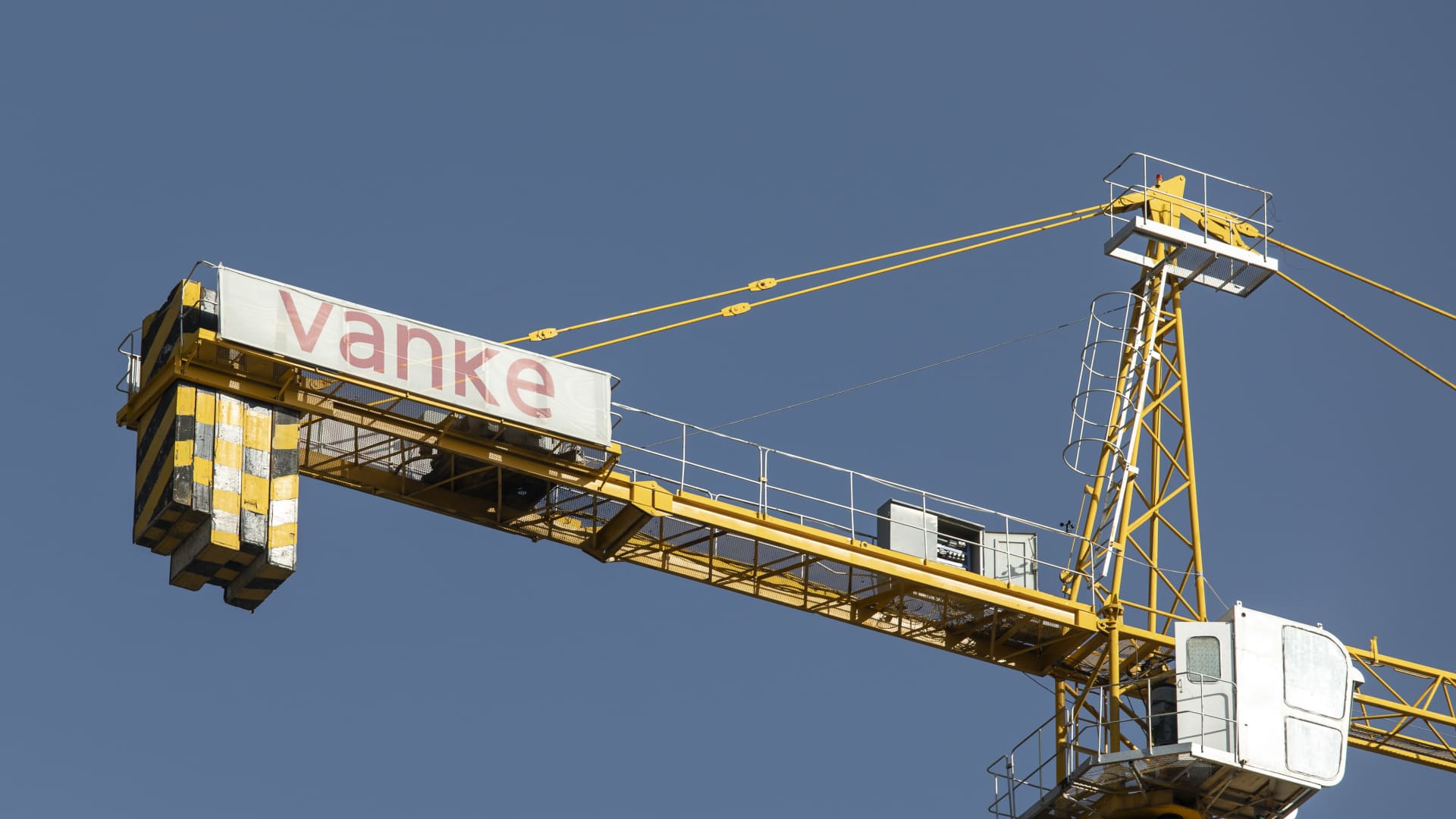Start-up Cityzenith is helping Amazon and governments reduce emissions from buildings with precise virtual models
Real estate accounts for an estimated 40% of global greenhouse gas emissions, with 12% of that in the United States alone, according to the EPA. Buildings mostly operate on fossil fuels, and their surfaces leak a lot of air, releasing cooling and heating out into the atmosphere.
Add the construction industry to that and the numbers are even higher, accounting for nearly half of global emissions.
The race is on to lower those emissions in single buildings and entire cities. One possible method is creating digital twins, virtual representations of real things, in this case, buildings and infrastructure you find in cities. They can be used to optimize all aspects of planning, construction and ultimately operations and regular maintenance.
One such company, Cityzenith, compiles thousands of data points, not just about buildings themselves, but their operations and systems, in order to create exact replicas both inside and out.
“So digital twins can help take the data, performance data of a building, and tell you exactly what’s happening, where the problems are, and how to change them, which energy management systems to use, what types of better enclosures to use, how to electrify a building,” said CEO Michael Jansen.
Using its Smartworld product, Cityzenith can constantly monitor the interplay of buildings, infrastructure, transportation and people in order to lower carbon emissions. The analysis shows building owners where their money will be best spent before they spend it.
Cityzenith is working with Amazon to decarbonize buildings in Phoenix. It is also working with city governments themselves, including Las Vegas and Los Angeles.
“What’s helping us is that as cities now are making laws out there requiring building owners to eliminate emissions for the first time in American history,” added Jansen.
Cityzenith released its first products in 2019 and signed its first commercial contracts worth $4.6 million at the end of last year. Its funding so far come from over 6,000 investors from around the world for a total of roughly $13 million.
There is already considerable competition in the space from companies as big as Microsoft, Cisco, Siemens and IBM, as well as several smaller firms, but the size of the space to digitally map is literally the whole world and everything in it.








